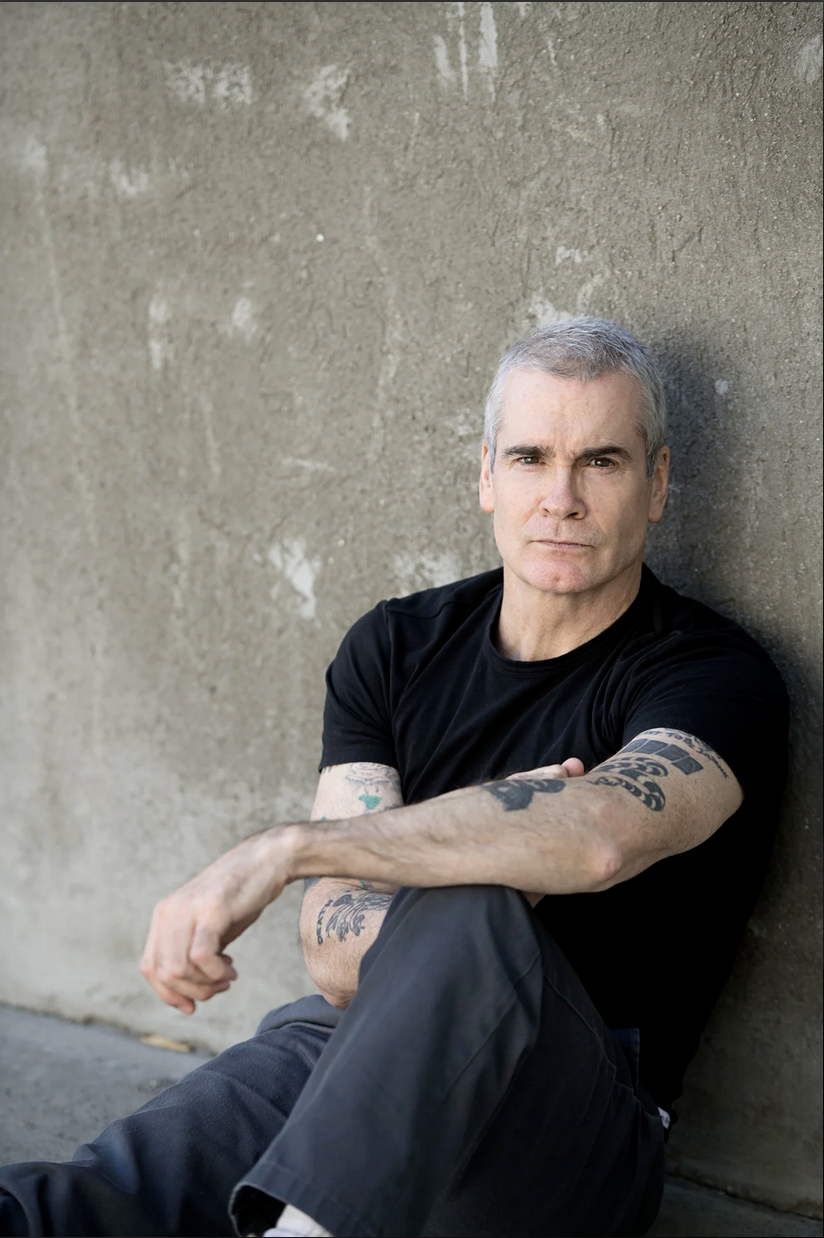If it’s good for celebrities, it’s good for you too. Endowed with mystical properties making their eyes gleam and teeth porcelain, they’re just better than us in every conceivable way. If you can convince them that Twitter’s new Music app is useful, the unwashed masses will stream it on to their tablet as if it was mana from heaven.
Maybe not.
It does raise a question in this new age of music you rent in perpetuity; what use does this new Twitter app actually have?
Having read media theorist Douglas Rushkoff’s new book Present Shock, he posits that media-as-a-culture is no longer preoccupied with “futurism” but centred on “presentism.” We’re interested more on what’s happening now than contextualising our experiences as distinct from past and future. For example, Twitter is only useful in the now (not borrowing too heavily from Eckhart Tolle) losing worth as time elapses. Furthermore, the now is such a diffuse, high-level abstraction it’s like attempting to catch a mosquito with a pin and a thimble.
Consider the mathematical equation. An equation is an expression of variables of which one is unknown. The unknown variable is found using mathematical principles flowing forward in linear time, from A to B. The solution is clear cut.
In computing and information technology, programs and hardware are thought of as panaceas for “problems” it’s not uncommon terming them “solutions.” These "problems" are not structural, i.e, the problem is not the inability to arrive at an unknown variable. The majority of problems lie in not getting it fast, cheaply or efficiently enough to stay relevant in the "now."
Simply, what problem does twitter’s music app actually solve?
It doesn’t solve anything – for the consumer. In the age of the present, app developers aren’t savvy problem solvers, they’re actually problem finders. They convince the market that there exists a problem, contend to have solved it and profit handsomely.
Apps such as Pocket or Evernote, as useful as they are, “solved” the problem of keeping track of links or writing notes previously inaccessible on one device when they were stored on another. There was nothing structurally wrong or overly inefficient with say, writing notes on pads of paper. Solutions readily existed.
Apps exist on your phone to solve problems that weren't problems until "realising" they plagued you. Not knowing the name of the song playing at the pub by Journey was never a life-threatening predicament, yet Shazam solves that problem for you. Easy.
But it cannily it does purport to have discovered a problem. Twitter is in the process of convincing us that emerging and popular trends in music are so complex and so amorphous you need an app to navigate this ever-changing terrain of current music. The problem is that you’re lagging behind what’s cool and what’s about to be cool. The solution is this app. Get it now, bask in the electronic water of fleeting musical omniscience.
Except this app wasn’t designed with you in mind. It’s another column in a vast data set powering predictive analytics. It tracks, in real-time, the influence of users and who is being influenced. What the influence channels users towards, and so on. Spotify and Rdio’s blindspots in terms of creating accurate big data sets is they don’t know who influenced what music is being played at any given time, nor to what level. No one gives a shit about your shitty indie band unless someone gives you a reason. Sometimes that reason is none other than “who” rather than “why.”
The dimension for the data set for playing Belinda Carlisle 40 times in a row is discrete and limited. Spotify will know I love Belinda Carlisle. If an external force influenced me, it has no real way of gleaning that information unless I directly clicked a link to the track from a certain page or twitter feed.
By using Twitter’s new music app, Spotify, etc. can track the locus of the influence. Music companies can make safer bets on pushing artists ahead of time. The guesswork on releasing a hit isn’t eliminated but it’s significantly reduced, again. Why sign ten acts to yield one hit when signing two or three definite winners is possible?
It does solve a very real problem, and that problem lies in the A&R departments at the major labels. The jump in music sales, the first time it’s done so in over a decade, is partially due to this new "taxi fare" or pay as the meter's running model. How does an exec fire up the sales from a simmer to roaring boil? You glean better data from more sources and tailor your strategies to the analytics.
So can this Twitter app really tell us what is really hot right now? Without the mind of Nate Silver and the processing power of CERN at my disposal, I don’t know. And neither do you.
---
Read more: My post on the Spotify (counter-)revolution.



